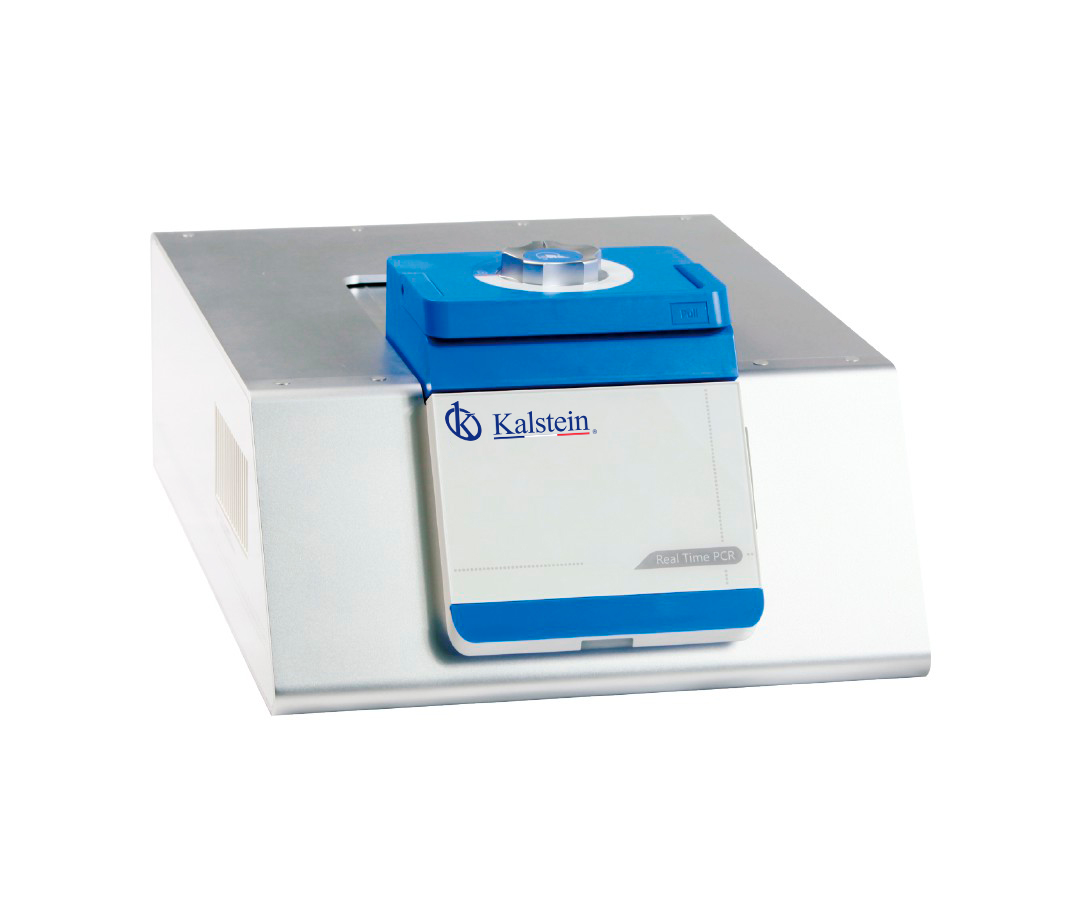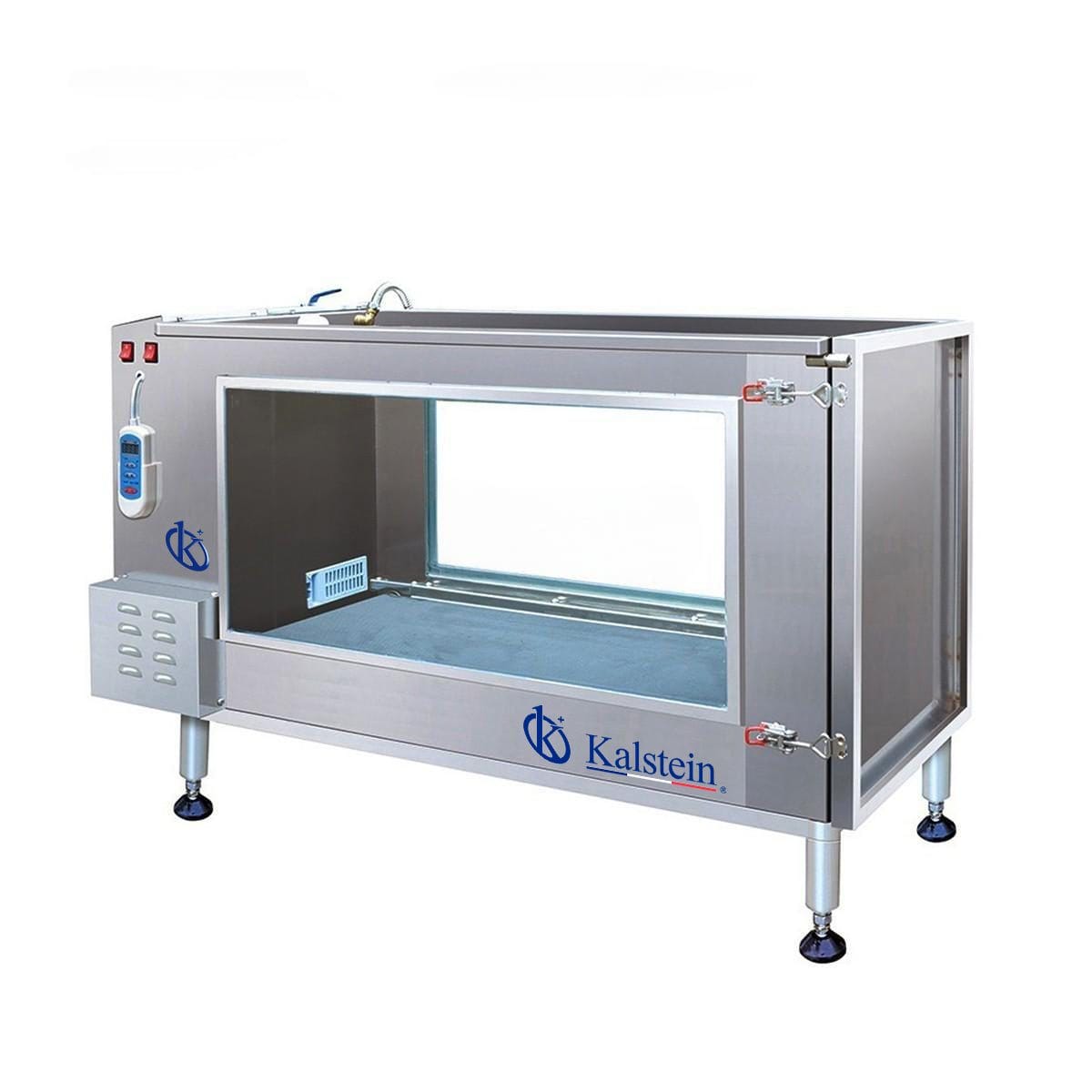The thermal cycler is a device that allows the polymerase chain reaction (PCR) efficiently and quickly; by means of the automatic and cyclical realization of the temperature changes that are required for the amplification of a deoxyribonucleic acid (DNA) chain; from a thermostable enzyme.
Thermal cyclers are used for qualitative amplifications or to quantify the amount of amplified DNA. The results of these DNA amplification techniques have a great impact on our society; especially in this period of pandemic where they have become one of the main diagnostic tests, which is why it must be ensured that the thermal cyclers are accurate; accurate and consistent, in order to obtain reliable results.
The most common model consists of a block of electrical resistance that distributes a homogeneous temperature across a plate for times that can be programmable, usually with temperature ranges from 4 ° C to 96 ° C where denaturation, hybridization and extension of the a DNA molecule.
What is the polymerase chain reaction or PCR?
The polymerase chain reaction, called PCR for short by its acronym in English (polymerase chain reaction), is a technique that allows the exponential amplification of a DNA fragment of interest. That is, from a low number of copies of this fragment, after the PCR reaction, millions of copies are obtained that are already easily detectable in the laboratory. PCR was invented by Kary Mullis in 1986 and earned him the Nobel Prize in 1993.
How is PCR carried out?
The PCR reaction requires the presence of template DNA, primers, nucleotides, and DNA polymerase. DNA polymerase is the key enzyme that, using template DNA, makes a copy of it by incorporating nucleotides sequentially into the PCR product. The nucleotides adenine, thymine, cytosine, and guanine are the building blocks of the resulting new copy. The primers or oligonucleotides are those that confer specificity to the reaction since they are short DNA fragments with a defined sequence complementary to the target DNA that wants to be amplified. DNA polymerase uses the primers as the starting point for the polymerization of the new DNA fragment.
The PCR components are mixed in a test tube and then placed in a machine that allows repeated cycles of DNA amplification to occur. The machine is a thermal cycler than a thermal block with holes, into which the tubes are inserted. The thermal cycler raises and lowers the temperature of the block in three basic pre-programmed stages. The reaction is heated for the first time above the point of denaturation of the two complementary DNA strands of the target DNA, allowing the strands to separate. The temperature is then lowered to allow specific primers to bind to the target DNA segments, a process known as hybridization. The temperature is raised again to a temperature at which the DNA polymerase is capable of extending the primers by adding nucleotides to the DNA strand being constructed. With each repetition of these three steps, the number of copied DNA molecules doubles. After 30-40 cycles from a single copy of DNA, more than one billion copies of a gene can be obtained in record time.
At Kalstein we are MANUFACTURERS and we offer you excellent thermal cyclers with the most advanced technology and at the best PRICES. So we invite you to take a look at: HERE




